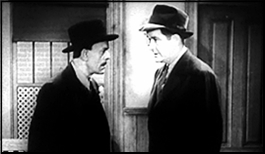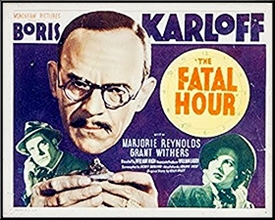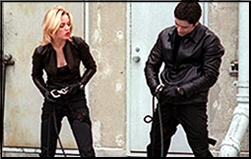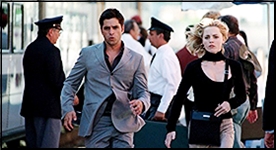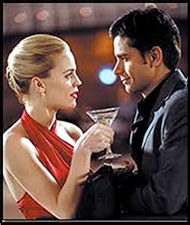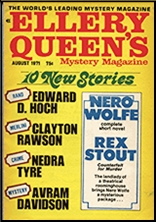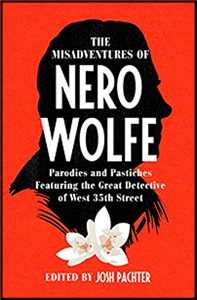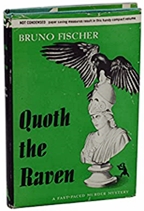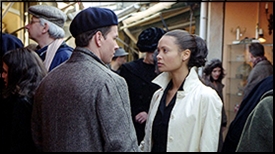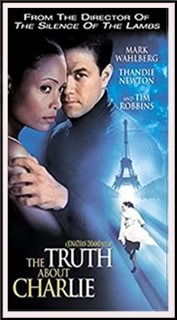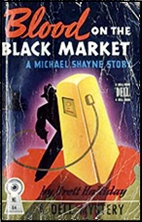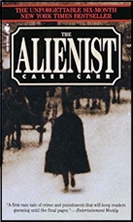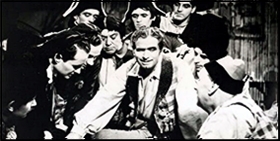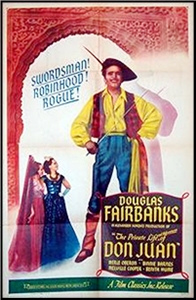A 1001 MIDNIGHTS Review
by Bill Pronzini
CLYDE B. CLASON – Blind Drifts. Theocritus Lucius Westborough #3 or 4 (two book appearances in 1937). Doubleday Crime Club, hardcover, 1937. Rue Morgue Press, trade paperback, 2012.
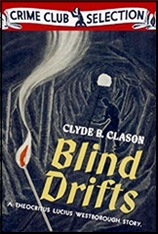
Mild-mannered Professor Theocritus Lucius Westborough, an expert on the Roman emperor Heliogabalus, is an amateur sleuth in the classic mold of the Twenties and Thirties: He solves convoluted puzzles through the time-tested Sherlockian methods of keen observation, a storehouse of esoteric knowledge, and deductive reasoning. Westborough – and his creator specializes in locked-room “miracle problems.” Even the best of these offers no challenge to John Dickson Carr, but for the most pan they are cleverly constructed and well clued. The one in Blind Drifts offers a particularly neat and satisfying variation on the theme.
Westborough’s home base is Chicago, but here he travels to Colorado to visit a gold mine in which he has inherited 70,000 shares. Not long after his arrival, he finds himself investigating, first, the disappearance or one of the mine’s directors, and then the murder of its owner, Mrs. Coranlue Edmonds, known far and wide as a “bearcat on wheels” – a murder by shooting that takes place in front of seven witnesses, in a “blind drift” deep inside the Virgin Queen mine. by a seemingly nonexistent gun.
The plot is twisty and complex, the clues numerous and fairly presented, the motive for Mrs. Edrnonds’ murder plausible, and the method likewise. The Colorado setting is well depicted, as are the details of the operation and physical makeup of a large gold mine. It is Clason’s attention to such detail, more than anything else, that lifts his work above the average puzzle story or the period; you can’t read a Westborough novel without learning something, and something interesting at that.
The one drawback to this and the eight other entries in the series is Clason’s sometimes florid, often prolix style. Blind Drifts is the only book of his that would not benefit greatly from the excision of ten or fifteen thousand words, and at that it could stand to lose five or six thousand here and there.
The most appealing of Wcstborough ‘s other cases are The Death Angel ( 1936), set on a Wisconsin country estate called Rumpelstiltskin, where a murder happens in spite of 1542-to-l odds against it. and a murderer is twice guilty of killing the same man; The Man from Tibet (1939), which features a locked-room murder and contains some fascinating background material on the strange customs and rites of Tibet; and Green Shiver (1941), which has a Los Angeles setting and another “impossible” plot, the solution to which depends on Westborough’s knowledge of Chinese jade.
———
Reprinted with permission from 1001 Midnights, edited by Bill Pronzini & Marcia Muller and published by The Battered Silicon Dispatch Box, 2007. Copyright © 1986, 2007 by the Pronzini-Muller Family Trust
